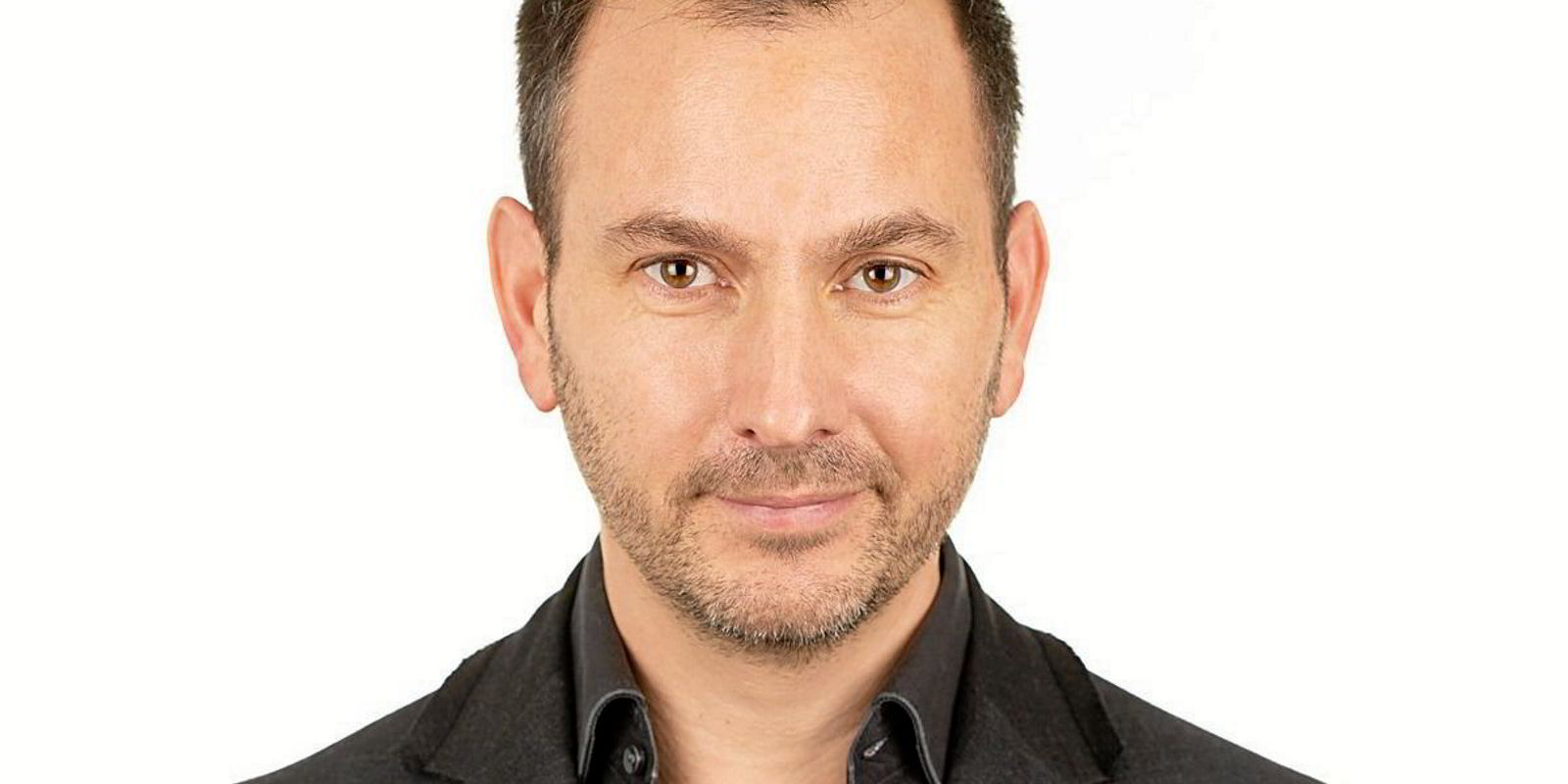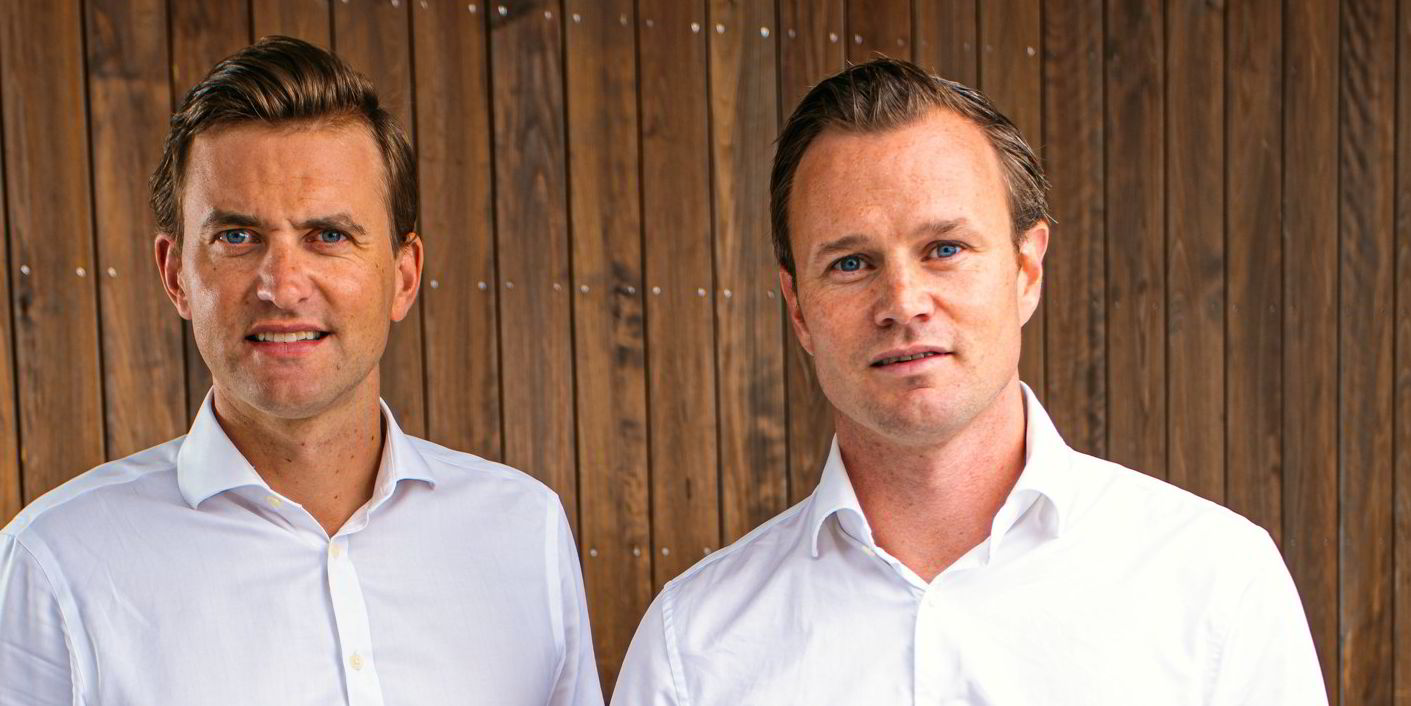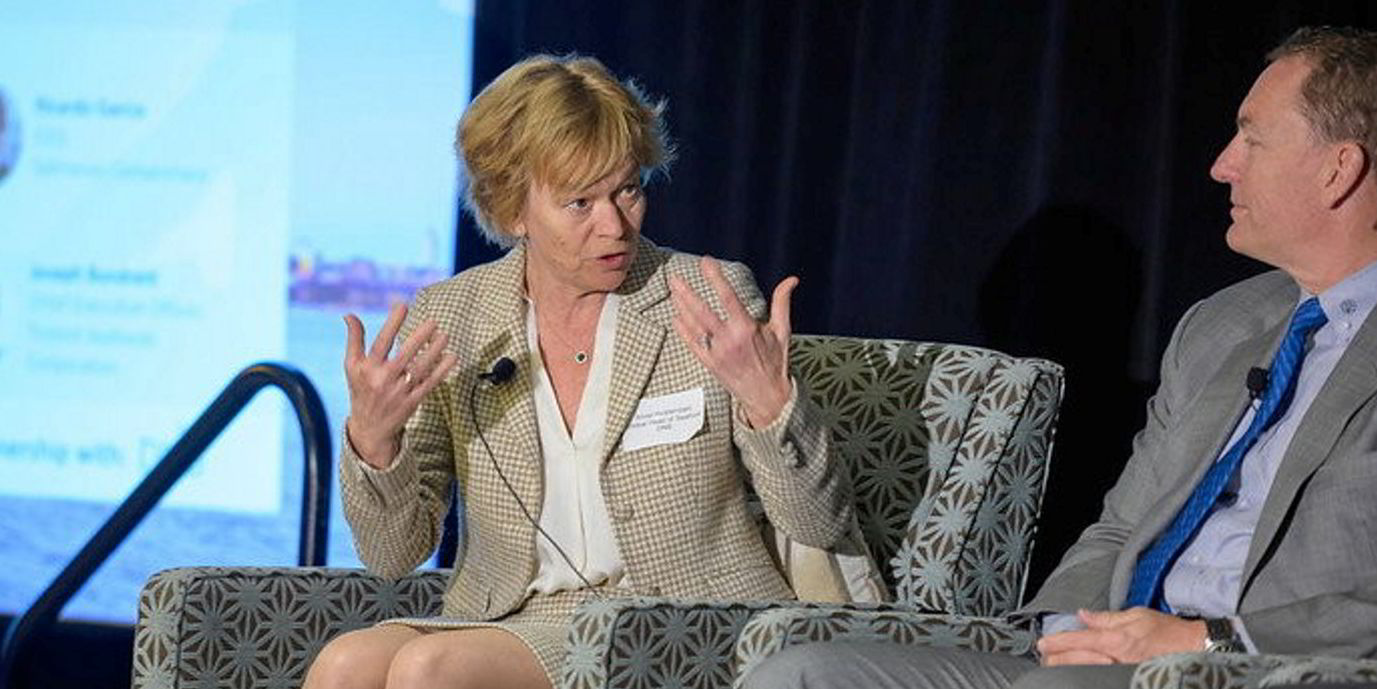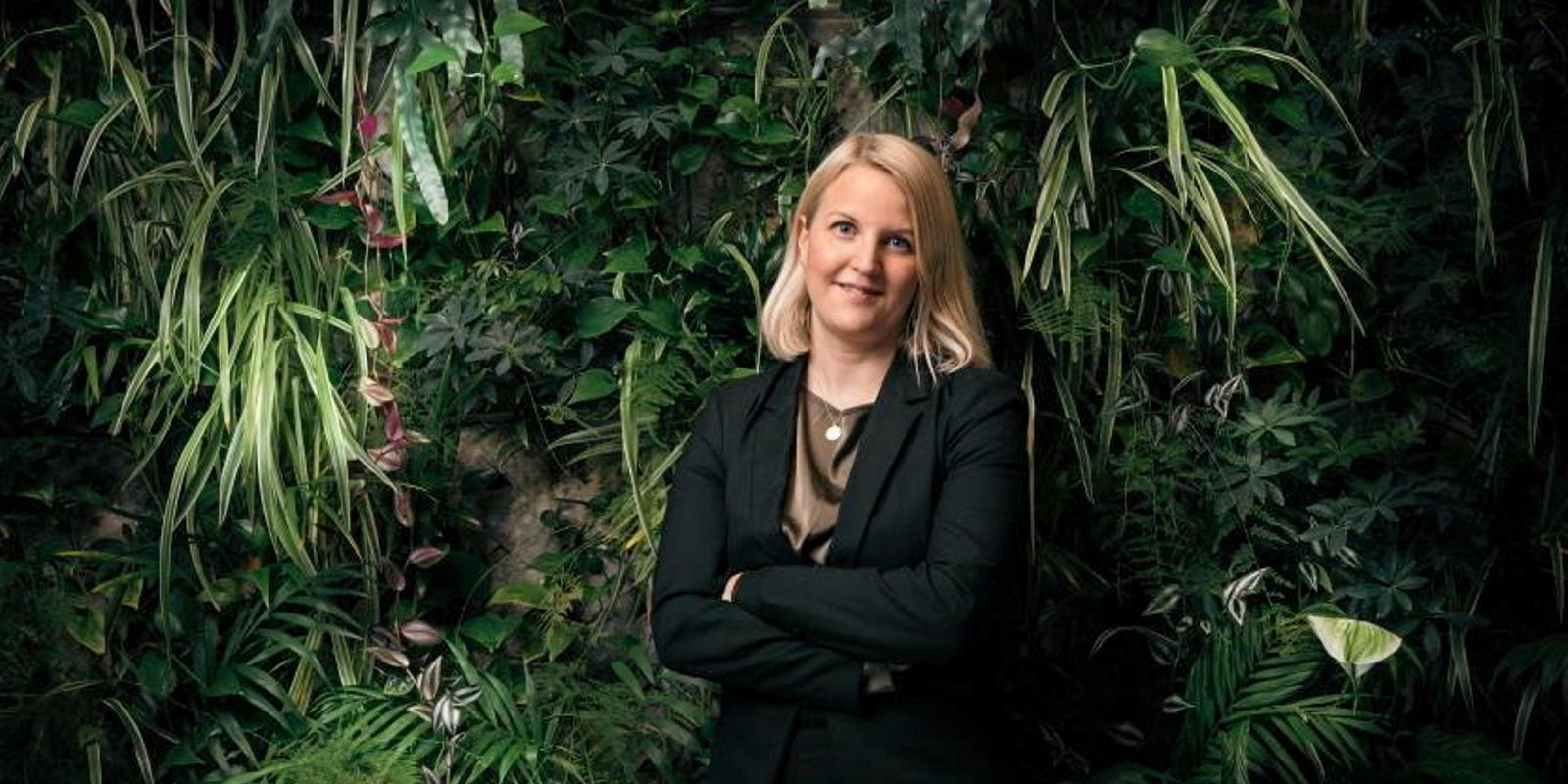“We are tied to the ocean. And when we go back to the sea, whether it is to sail or to watch, we are going back from whence we came” -- John F. Kennedy
If John F. Kennedy were alive today, we’d like to believe he might revise his quote to add “or to solve the climate or food security risk problems."
While food security might not be listed specifically as a material risk in the latest World Economic Forum’s annual Global Risks Report 2022, climate action failure and extreme weather are among the top three short-term and, along with biodiversity loss, long-term risks that will impact food production.
Chris Gorell Barnes is the founding partner of Ocean 14 Capital, an impact fund focused on the sustainable and regenerative blue economy, and co-founder of the Blue Marine Foundation a charity focused on creating marine reserves and sustainable fisheries.
Although we have been growing enough food to feed 10 billion people (the projected population by 2050) since 2012, the processes are not sustainable at current consumption trends (or annual 1.3 billion in food wastage that could feed two billion, according to the FAO). All of this on top of hoping to hit the 2050 net-zero target carbon emissions deadline that many companies and governments have set.
And, like infectious diseases, which were not in the top 10 risks in the year of the pandemic, the inextricable link between food systems and climate change means the problem cannot be thrown into the long grass forever. So, while land-based expansion is possible, there is a serious risk of exacerbating climate change and biodiversity loss.
This is why the 2019 Intergovernmental Panel on Climate Change (IPCC) report Climate Change and Land focused on agriculture and nutrition to help to solve the climate crisis, going as far as to propose a largely plant-based diet that could free up several million square kilometers to use for crops and, at the same time, cut 0.7-8.0 gigatons a year of carbon dioxide equivalent produced by livestock, by 2050.
By sustainably farming the sea for protein, one study suggests that we could "save" land surface that is two times the size of India
A month later, IPCC published its Special Report on the Ocean and Cryosphere in a Changing Climate. But it’s only been a year or so—around the time US Special Presidential Envoy for Climate John Kerry said during the Ocean-Climate Ambition Summit that the link between oceans and climate change has been made.
This ocean/climate link is also the essence of our business. By sustainably farming the sea for protein, one study suggests that we could "save" land surface that is two times the size of India, and thereby focus on marine-based solutions that could help to alleviate the world’s stressed food systems.
The real question is how much food we can expect the ocean to sustainably produce by 2050? According to The Future of Food from the Sea, food from the sea currently represents 17 percent of all edible meat produced.
By estimating the "sustainable supply curves" of wild fisheries, finfish mariculture and bivalve mariculture, edible food from the sea could increase by 21 to 44 million metric tons by 2050, a 36 percent to 74 percent increase compared to current yields.
The report suggests that this represents 12-25 percent of the estimated increase in all meat needed to feed 9.8 billion people by 2050, with mariculture likely to grow by the most.
Whether or not these production potentials are realized sustainably will depend on implementing policy reforms for mariculture and aquaculture; improving the management of wild fisheries; technological innovation both for the removal of pollution but also of feed technologies for aquaculture; and the extent of shifts in demand.
A recent study by the University of Adelaide and The Nature Conservancy, titled Climate-Friendly Seafood: The Potential for Emissions Reduction and Carbon Capture in Marine Aquaculture suggested that done correctly, marine aquaculture, which generates 37.5 percent of all aquaculture products and 97 percent of the world’s seafood harvest, could reduce the drivers of climate change actively.
Other studies have shown that mariculture already has a lower greenhouse gas emission footprint than products produced on land.
But this latest joint study looked specifically at the greenhouse gas emissions and carbon sinks associated with the mariculture of fed-finfish, macroalgae, and bivalves to highlight knowledge gaps and suggest recommendations that will need to be implemented as production continues to scale up to meet future global demand.
Marine aquaculture has had a bad rap in the past related to its perceived history of environmental degradation, overfishing and pollution. So, for us, such reports help to focus on which projects make better impact investments, and where, with guidance, proposed or existing projects can minimize their environmental impact and/or maximize their climate warming footprint.
Read more
A study on seaweed made two interesting climate related points. The first is that the current scale of seaweed mariculture is not large enough to make a sizeable difference in carbon sequestration, since seaweed end-products can lead to short-term rather than longer-term climate impact reducing carbon capture.
But the second point is that co-farming seaweed, bivalves and/or finfish can potentially generate better conditions for related blue carbon habitats and related carbon sequestration.
Moreover, restorative aquaculture can use seaweed’s photosynthesis ability to reduce acidification. This is particularly useful in areas with shellfish hatcheries.
But citing the marine heat waves and coastal eutrophication and dead zones, amongst others, the most recent IPCC Sixth Assessment Report has really hit home the urgency of action and investments across a number of the Sustainable Development Goals just to protect the oceans, a largely untapped source of the future of food, from the impact of climate change.
Nature-based solutions such as ecosystem-based management; climate-smart conservation approaches like climate-adaptive fisheries and conservation; and coastal habitat restoration can be cost-effective and generate social, economic and cultural co-benefits.
But the multidimensional impact of climate change means it is ever more imperative to harness the ocean-climate link to create and restore the resilience of oceans and coastal ecosystems that can in turn support a larger sustainable food system.
We believe that it is our job as investors to find viable projects that can have both performance and environmental impact and make sure that they do not have intended negative consequences.
Read more
- $60 billion Korean giant Hanwha leads $34 million bet on cellular seafood
- Seafood giant Thai Union takes shrimp sustainability into space
- Aqua-Spark: Investors are finally discovering 'the real opportunity' in aquaculture
- $48 trillion investor group calls for urgent action on feed alternatives as salmon farming industry approaches 'supply shock'






